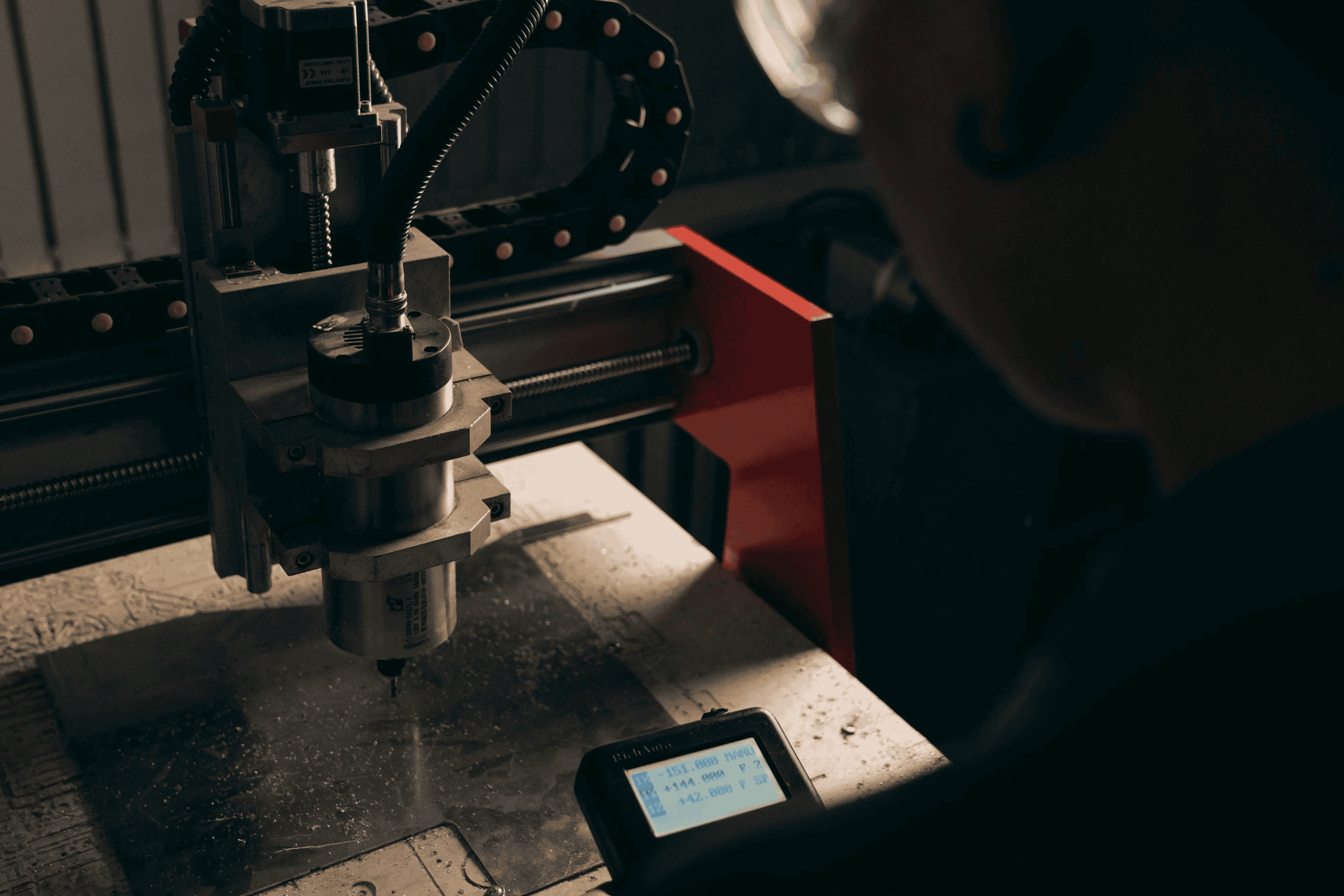Custom Fabrication

Welding certification proves that a welder can consistently produce quality welds to a defined code, process, position, and material. Unlike general training, a certification is a performance qualification tied to a specific procedure and set of variables. Employers and inspectors use it to verify skill for critical work where the consequences of failure are high, such as pressure piping, structural connections, and sanitary systems.
Pipe welder performing a 6G test during welding certification inspection in a fabrication shop
At the core of any program is the written welding procedure specification, or WPS. The WPS outlines essential variables like process, filler, shielding gas, base metal, joint design, electrical parameters, interpass temperature, and preheat. On test day, candidates follow the WPS, weld a coupon, and submit it for inspection. If they meet the acceptance criteria, a welder performance qualification record is issued as proof.
Common governing standards include AWS D1.1 for structural steel, ASME Section IX for boilers and pressure piping, and API 1104 for cross country pipeline work. The chosen standard dictates test joint design, welding positions, required tests, and acceptance limits. For stainless pipe used in food or pharma, additional sanitary requirements, purge quality, and surface finish often apply.
Each code defines how variables are qualified. ASME Section IX, for example, qualifies a range of base metal thicknesses and diameters based on the coupon used. API 1104 emphasizes pipeline conditions, including cellulosic electrodes and downhill techniques. Understanding these rules helps welders select the right test to maximize coverage for the work they pursue.
Welding certification spans processes such as GTAW for precision root passes, SMAW for field-friendly versatility, GMAW for productivity, and FCAW for thicker sections and outdoor work. Beyond process choice, position matters. Plate tests may use 1G through 4G, while pipe tests use 1G, 2G, 5G, and the demanding 6G at a forty five degree incline. A 6G pipe test is widely respected because it challenges torch control through multiple orientations in a single coupon.
Positions also influence acceptance criteria and test complexity. A welder qualified in 6G often gains broad position coverage, but process and pipe size constraints still apply. Always match the test to the target job.
Pipe welding certification focuses on pressure integrity and leak prevention. Test coupons are typically beveled pipe sections set with a root gap, then tacked and welded per the WPS. For stainless and other corrosion resistant alloys, purge gas keeps the internal root from oxidizing, preserving corrosion resistance and mechanical strength. For carbon steel, consistent keyhole control, heat input, and reinforcement are central to durability.
Inspection begins with visual examination to check bead profile, undercut, crater fill, and reinforcement limits. After visual acceptance, coupons undergo mechanical or nondestructive testing. Mechanical tests can include guided bend tests, nick break, or tensile pulls, depending on the code. Nondestructive options include radiographic testing and ultrasonic testing to reveal internal flaws like lack of fusion, porosity, or slag.
Acceptance criteria differ by code. ASME Section IX bend tests look for discontinuities that exceed specified limits through the bend area. API 1104 sets thresholds for concavity, undercut, and internal discontinuities seen on radiographic images. Failure is not final; retesting after corrective training is common and often recommended.
Continuity matters after testing. Many programs require welders to keep a continuity log showing they have welded with a given process within a defined period, often every six months. If continuity lapses, requalification may be needed. Certifications can also be project specific, especially for owner specifications or unique alloys.
To prepare for a pipe welding certification, focus on fundamentals:
These habits translate into cleaner root profiles, sound fusion, and faster passes with fewer discontinuities. Whether the goal is refinery piping, sanitary tube systems, or transmission pipelines, mastering these techniques is the quickest path to earning pipe welding certs that open doors.
When your project demands certified pipe work or inspection grade fabrication, you need a crew that works to written procedures and holds tight tolerances. At OZK Customs, our team applies the same discipline found in formal welding certification to real world builds, from precision brackets to pressure capable assemblies and sanitary systems. Explore our custom fabrication to see how certified practice shows up in the details.
If your scope includes complex joints, mixed alloys, or inspection requirements, we plan around code intent, fixture the work for consistent fit, and document the process for accountability. See what we tackle across materials and processes in fabrication services. For a deeper look at how we collaborate, communicate, and deliver, visit why choose OZK Customs.
You bring the challenge. We bring certified technique, clear communication, and a build that stands up to inspection. Tell us about your timeline and goals and we will propose a path that balances performance, appearance, and cost from the first tack to the final pass.
Ready to work with certified fabricators who build with inspection-grade precision? Tell us about your project. Our team will map a clear plan, timeline, and budget, then deliver exacting welds and clean fitment. Start your build with OZK Customs today.
ADDRESS:
6159 E Huntsville Rd, Fayetteville, AR 72701
PHONE:
(479) 326-9200
EMAIL:
info@ozkvans.com